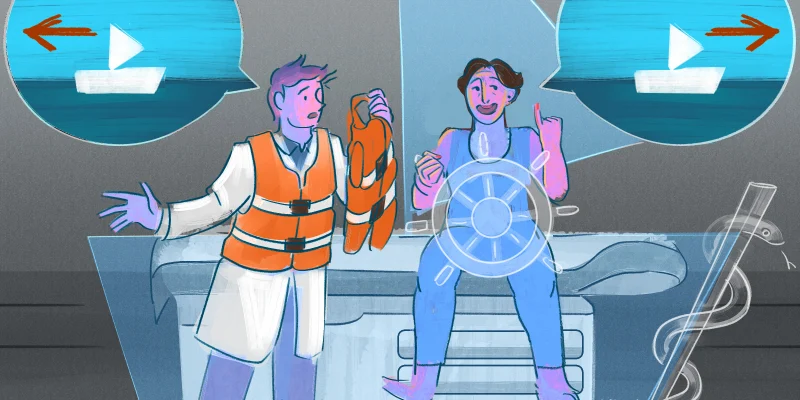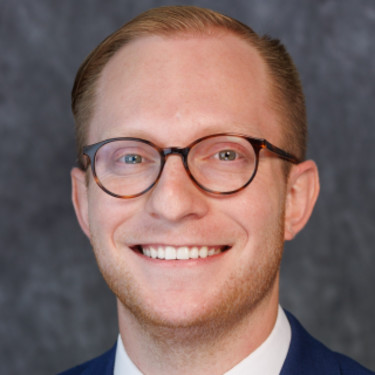In American culture, pharmaceutical advertisements are commonplace on billboards, TV commercials, and social media. However, this is not the standard everywhere. In fact, only the U.S. and New Zealand allow direct-to-consumer advertising of pharmaceuticals. The FDA has some oversight of these advertisements, but they are not perfectly enforced. There is no requirement for drug advertisements to be approved prior to being released to the general public. Oftentimes the drug benefits are exaggerated and data is misrepresented. In a study published in JAMA, it was discovered that the industry spends on average 14.3% more on drugs with a low added benefit to patient health compared with those with a higher benefit. The “ask your doctor about [insert brand name drug here]” culture is not always conducive to the best treatments available.
Doctors are also being relentlessly advertised to by these companies. It is well established that doctors who interact with pharmaceutical representatives are more likely to prescribe branded medications, even when generic alternatives are equally effective. This trend contributes to the escalating cost of health care, placing an unnecessary financial burden on patients and the system at large. Pharmaceutical companies are not spending billions of dollars on advertising because they have interest in bettering patient care, but rather to increase profits, regardless of treatment effectiveness.
Medical students are a particularly vulnerable population to industry influence. Most medical schools have two years of didactic classroom learning, then students go on to the clinical setting for the following two years. In that time, it is crucial for students to take in everything they are learning both in the classroom and in the hospitals.
The eagerness and excitement involving patient care, along with lack of experience, puts medical students in a vulnerable position. When we are bombarded with promotional materials, sponsored events, and “educational” seminars, it can be confusing to discern what prescription medications will be the best for our patients. What is going to stick in our memory: a slide on a powerpoint or a representative touting free lunch for listening to their spiel?
Despite this, medical schools have very little regulation and transparency when it comes to their allowance of industry marketing. The AAMC, the accrediting body for U.S. Medical Schools, released a report containing recommendations for medical schools and teaching hospitals for how they should manage industry financial support in 2008. However, these are merely suggestions with no governing authority or specific rules mandating transparency or limiting industry influence that medical schools are required to follow.
During my second year of medical school, I encountered the influence of pharmaceutical marketing firsthand. One afternoon, while shadowing, a pharmaceutical rep came to the clinic, offering lunch and presenting information about their prized drug. As a medical student eager to learn and admittedly hungry from being in clinic all day, I joined the session. The representative’s pitch highlighted the drug's benefits while minimizing its drawbacks. Weeks later, when my attending physician was pimping me on a treatment for a condition, the only drug that came to mind was that brand-name medication — I could picture the colorful logo and remember the lunch I had — despite there being several other effective alternatives and this not being first-line. This is not a stand-alone experience. One of my classmates recalled a similar event in a dermatology clinic. She went to a luncheon presentation for a psoriasis biologic, but when she brought it up as a suggestion for treatment, she learned it was incredibly expensive and out of reach for the majority of the patient population served by that clinic. These recollections make me reflect on the ethics of promotional events and how they sway our recall.
Attending my first real medical conference was also eye-opening to the tactics of pharmaceutical companies. I was not so naive as to think there would be no marketing or booths with pharmaceutical vendors. However, I was shocked at the sheer presentation of each medication. This showcase of medicines was also an all-you-can-eat buffet, as long as you had time and patience for listening to the benefits of each drug. The lavish displays with local bakery food, gelato self-serve, smoothie stations, and coffee bars were shocking to me, revealing the extent to which these companies go to ingratiate themselves with up-and-coming medical professionals and influence prescribing habits.
There is hope in maintaining integrity as there are some initiatives aimed at tackling this issue. The American Medical Student Association’s (AMSA) PharmFree committee publishes research examining conflict of interest policies, pharmaceutical company influence, and impacts on medical education. This committee’s previous publications catalyzed the revisions of many conflict of interest policies in the U.S. medical schools. The last time these policies were examined by the committee was in 2016. With it being eight years since then, it is time to take another look at the policies currently held at our prestigious medical institutions.
The pervasive influence of pharmaceutical companies on medical education and practice presents a significant challenge to the integrity of health care. From aggressive direct-to-consumer advertising, to targeted marketing aimed at doctors and medical students, the prioritization of profit over patient care is evident. The current lack of regulations and transparency in medical schools exacerbates this issue, leaving future clinicians susceptible to industry bias. However, initiatives like the AMSA’s PharmFree committee offer hope by advocating for stronger conflict of interest policies. As we strive to uphold the highest standards of medical ethics, it is imperative to demand greater accountability and ensure that patient welfare remains the central focus of our health care system. By addressing these concerns, we can foster a more ethical, transparent, and patient-centered approach to medical education and practice.
Alissa Kainrath is a third year medical student at Chicago Medical School at Rosalind Franklin University.
Image by aastock / Shutterstock






